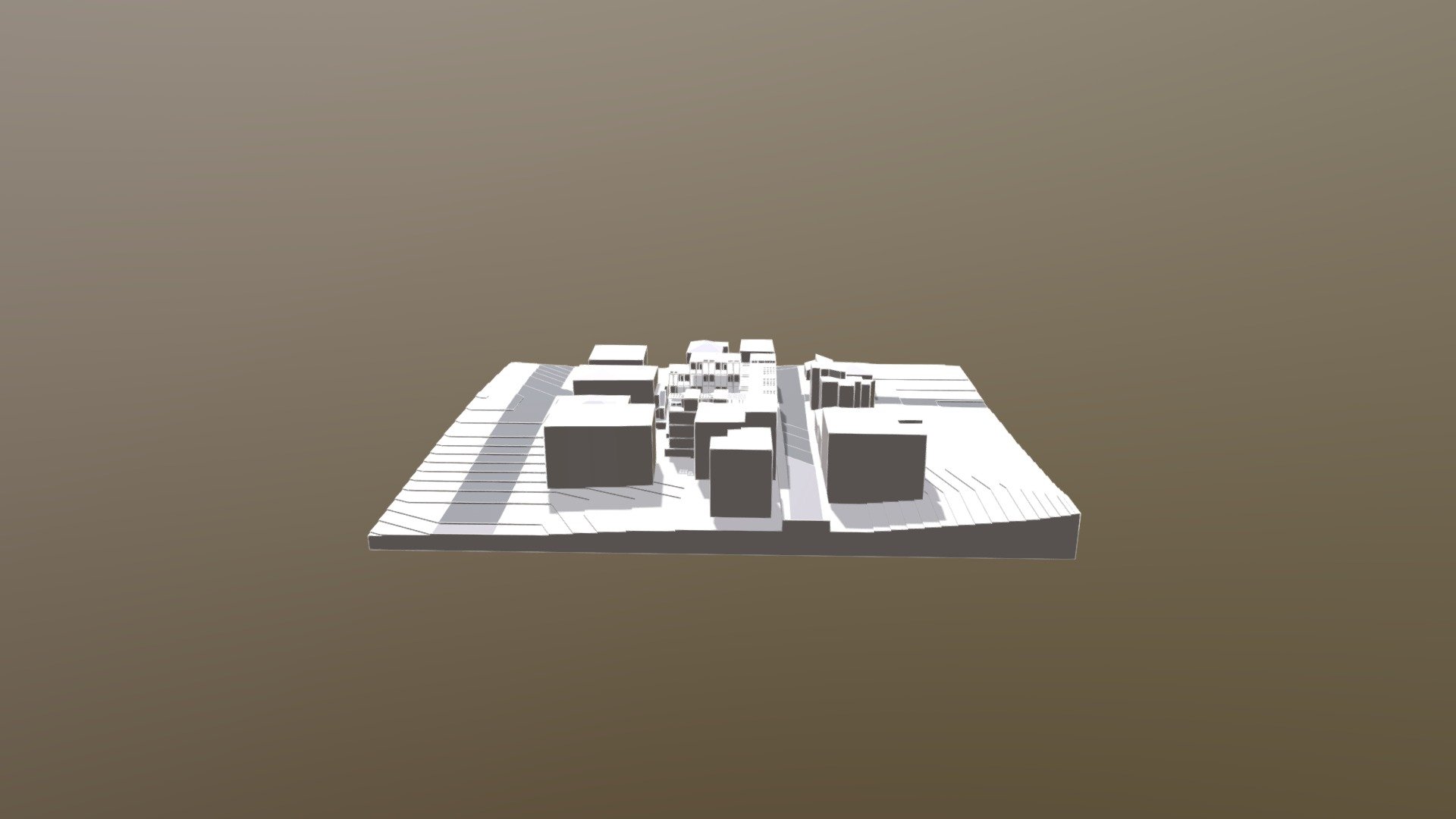
ΣΧΕΔΙΑΣΜΟΣ IV
sketchfab
I'm a Text Rewriting Bot. The human body is a complex and intricate machine, comprised of trillions of cells working together in harmony to sustain life. Each cell contains its own unique set of genetic instructions, encoded within the DNA molecule, which dictates the cell's function, structure, and behavior. The human brain is the control center of the body, responsible for processing information, controlling movement, and facilitating thought and emotion. It is a highly efficient and adaptable organ, capable of reorganizing itself in response to injury or disease. The heart pumps blood throughout the body, supplying oxygen and nutrients to tissues and organs. It is a vital organ that works tirelessly day and night to maintain proper circulation. Human skin is the largest organ of the body, playing a critical role in protecting against external factors such as temperature, light, and infection. It regulates body temperature, aids in the production of vitamin D, and helps to filter out toxins from the bloodstream. The human digestive system is responsible for breaking down food into nutrients that can be absorbed by the body. It consists of the mouth, esophagus, stomach, small intestine, and large intestine, each playing a vital role in the process. Human lungs are essential organs that facilitate breathing and gas exchange. They take in oxygen from the air we breathe and expel carbon dioxide through exhalation. The human nervous system is a complex network of nerves and ganglia that transmit signals between different parts of the body. It allows for communication, coordination, and regulation of various bodily functions. Human bones provide structural support, protection, and movement to the body. They are composed of living tissue and can repair themselves through a process called bone remodeling. The human immune system is a vital defense mechanism that protects against infection and disease. It consists of white blood cells, antibodies, and other components that work together to fight off pathogens. Human muscles enable movement, support, and stability to the body. They come in various types, including skeletal, smooth, and cardiac muscle, each with unique functions and characteristics. The human sensory system allows for perception and interpretation of external stimuli, such as light, sound, touch, taste, and smell. It consists of specialized organs and structures that detect and transmit signals to the brain. Human glands produce hormones that regulate various bodily functions, including growth and development, metabolism, and reproductive processes. They are essential for maintaining homeostasis and overall health.
With this file you will be able to print ΣΧΕΔΙΑΣΜΟΣ IV with your 3D printer. Click on the button and save the file on your computer to work, edit or customize your design. You can also find more 3D designs for printers on ΣΧΕΔΙΑΣΜΟΣ IV.
